Milia is a very common skin condition, and anybody at any age with any skin type can get it - including babies. So let’s chat about it.
Generally, milia are those small white bumps that pop up on your face (as well as other areas of your body) and are a result of keratin (a protein found in skin) being trapped under the surface of your skin. They’re not painful either and shouldn’t really cause any discomfort - although they can just generally bother you by hanging out on your face when you don’t really want them to be there.
What Causes Milia?
Often people get milia as the skin loses its ability to naturally exfoliate - which can become much more common as we age... Although sometimes skin treatments such as laser resurfacing or long term use of certain medications such as steroid creams can lead to the development of milia. It's very common around the eye area where heavy creams are used that aren’t appropriate for some people. This is because the skin in that area is a lot thinner than the rest of the face.
So, Can Milia Be Prevented?
Sadly, often milia can’t be prevented - this is mainly because some people are just more prone to it. However, you can minimise its chances of coming back, or reduce its severity, by using light face creams/oils/eye creams instead of thicker ones that may not be right for your skin type. That, and exfoliating regularly so that your skin cells are turning over efficiently. A topical retinoid can help with milia too.
How Long Does Milia Last?
How long milia typically lasts on the skin is dependent on the individual; it can ebb and flow. Typically it lasts a few weeks, but if you have milia that doesn’t seem to go away on its own, the best thing to do would be to visit a dermal clinician or dermatologist for specialised help. (Who you end up seeing will depend on the severity of the milia.)
What Is The Best Way To Treat Milia?
To be honest the best way to treat milia is to book in with a professional to get your milia extracted safely. Trying to pop your own milia at home is not very effective and you may end up with scarring if you do it incorrectly or push at your skin too hard.
The Best Skin Products and Ingredients for Treating Milia At-Home
Gentle exfoliation: there are so many benefits to gentle exfoliation, however if you have, or are prone to, milia then gentle exfoliation may be a little more important for you in allowing dead skin cell buildup to be removed.
Lightweight creams: milia often tend to occur following the use of heavy creams that may not be right for the skin. Opting for lighter moisturising creams and eye creams may be beneficial to hydrate the skin sans blocking your pores.
Vitamin A: honestly vitamin a is a skincare hero for a multitude of reasons, and a very beneficial ingredient for people dealing with milia. Vitamin a helps with skin cell turnover, can even out your skin texture and create healthier skin overall.
SPF: the addition of actives to assist with milia means that SPF is required more than ever. Plus, sun damage and milia go hand in hand. Every skin type needs to be using an SPF every day - yes, even if you have milia.
Additionally, in clinic treatments such as superficial chemical peels that may use a combination of Alpha Hydroxy Acids (AHAs) or Beta Hydroxy Acids (BHAs) can provide a quicker way to accelerate your skin cell turnover - this may be of benefit. Plus it’s not super abrasive which has the tendency to make things worse.
And again, professional extraction is beneficial. In this instance your clinician may use a sterile needle to safely extract the milia (this will also depend on how many may be present and the severity/location of the milia).
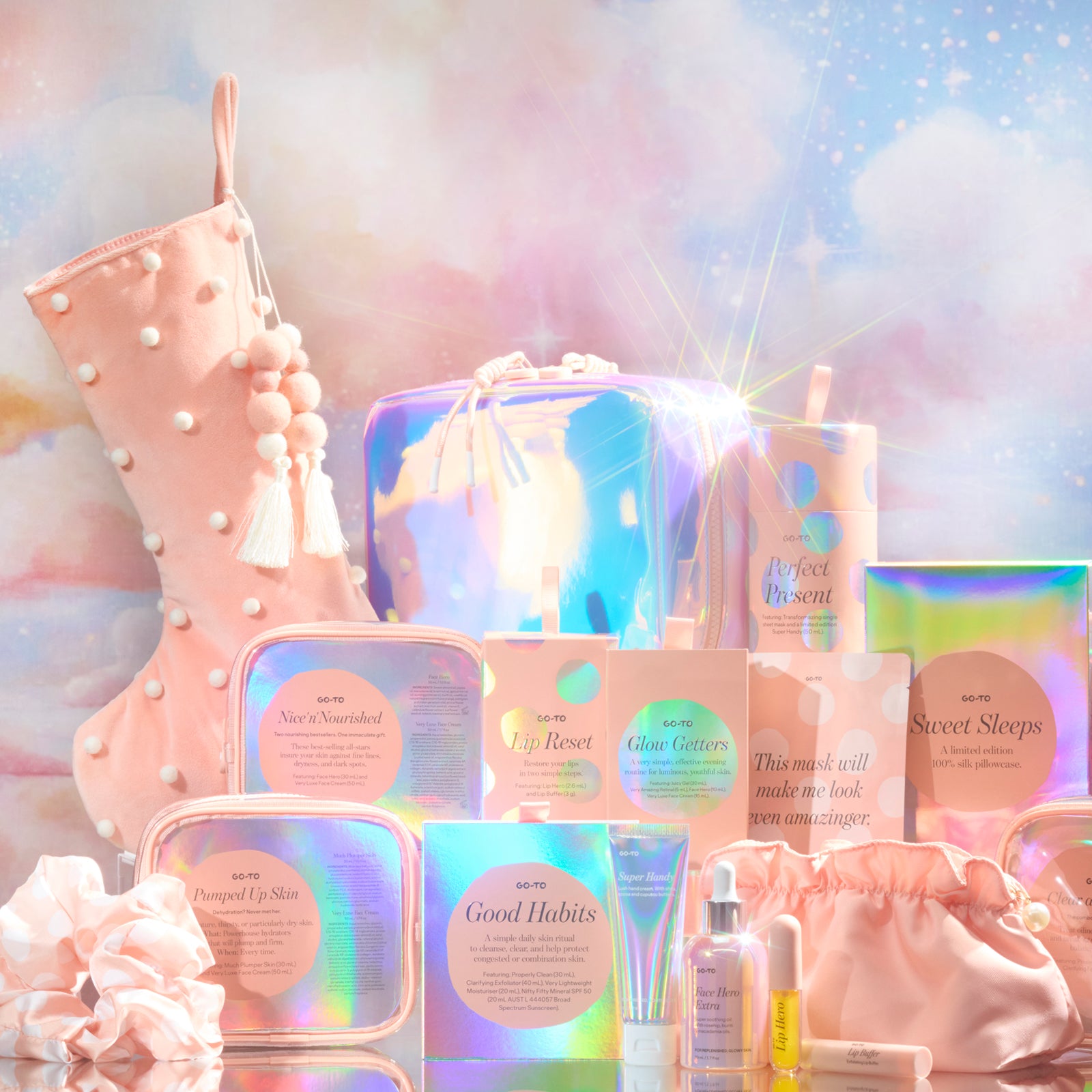

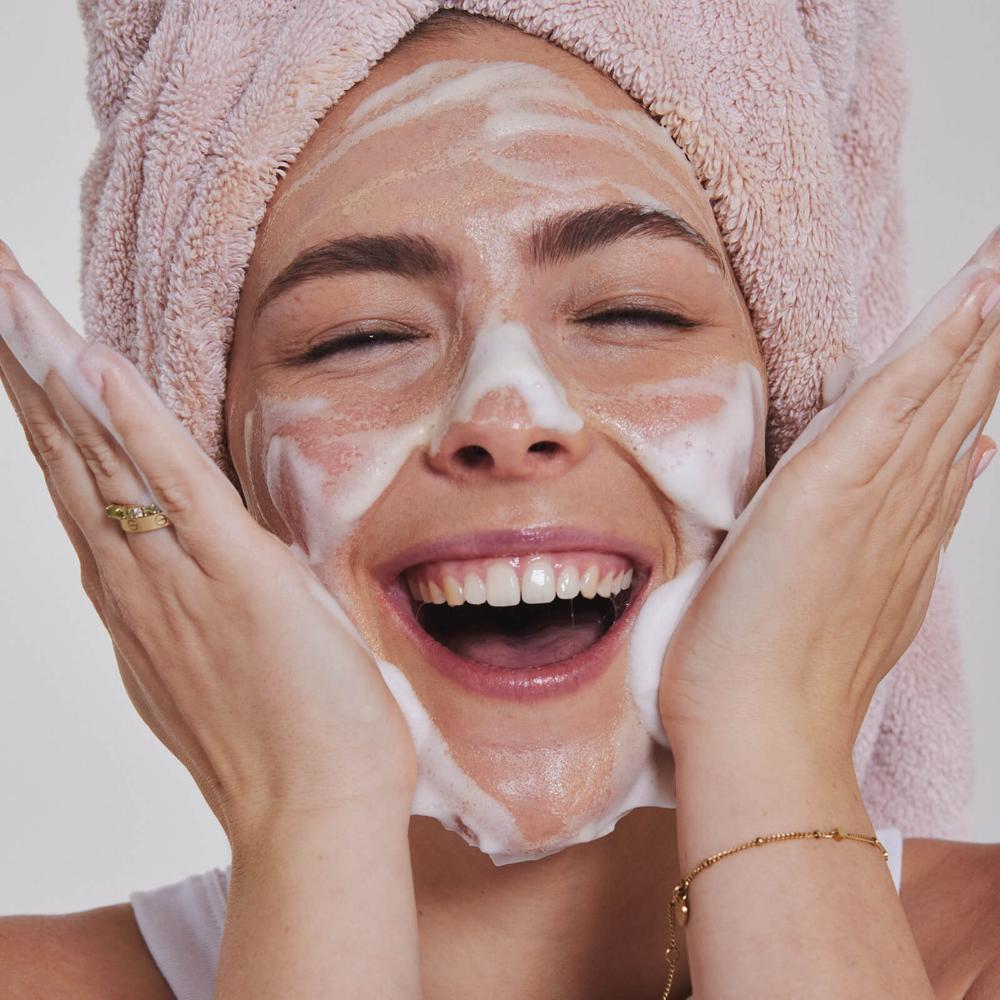
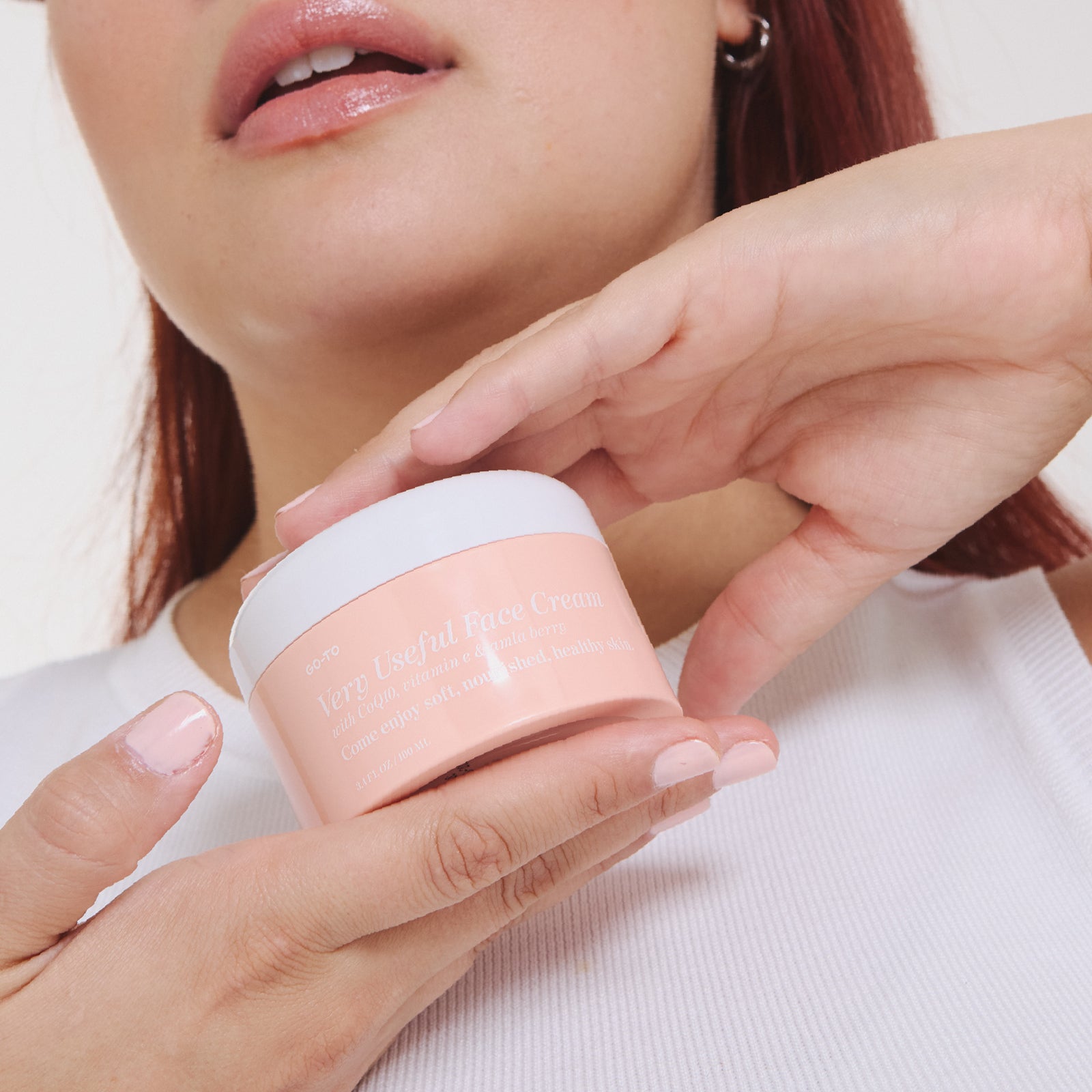
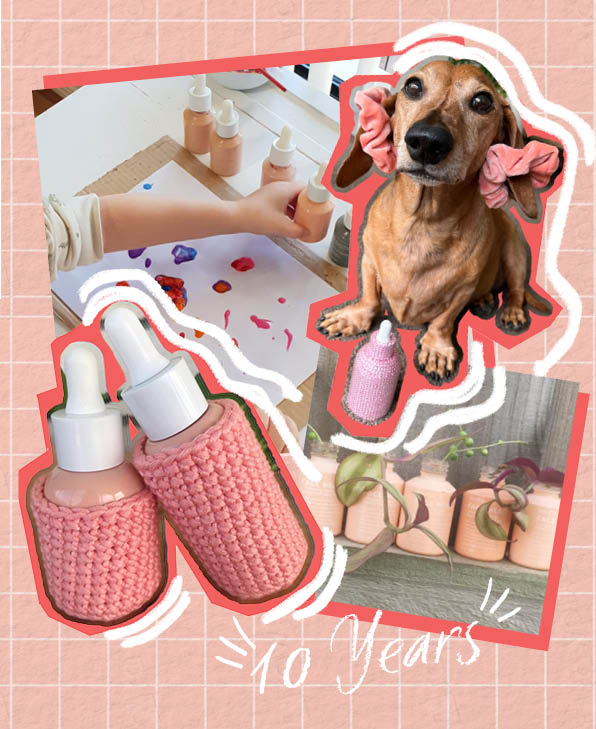
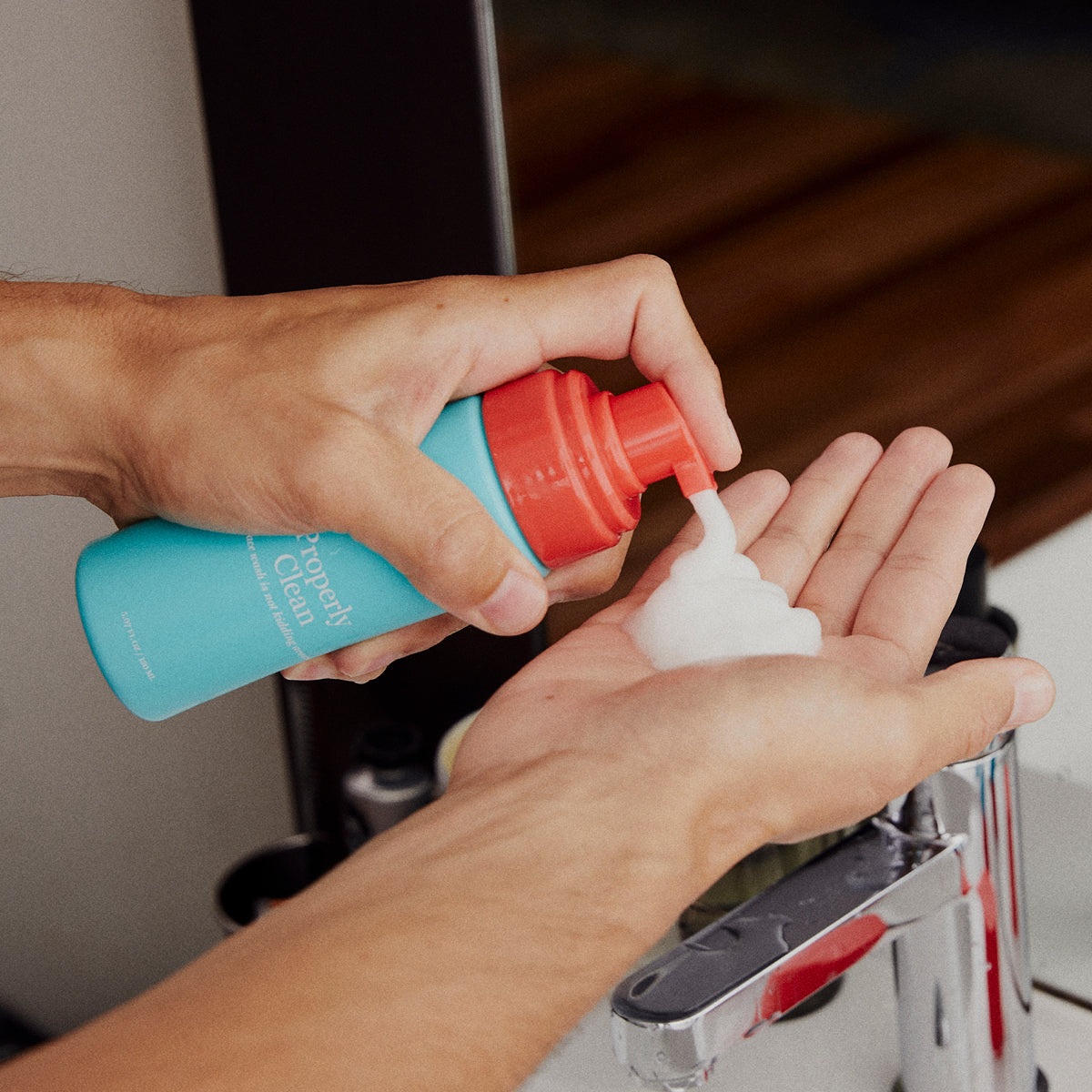
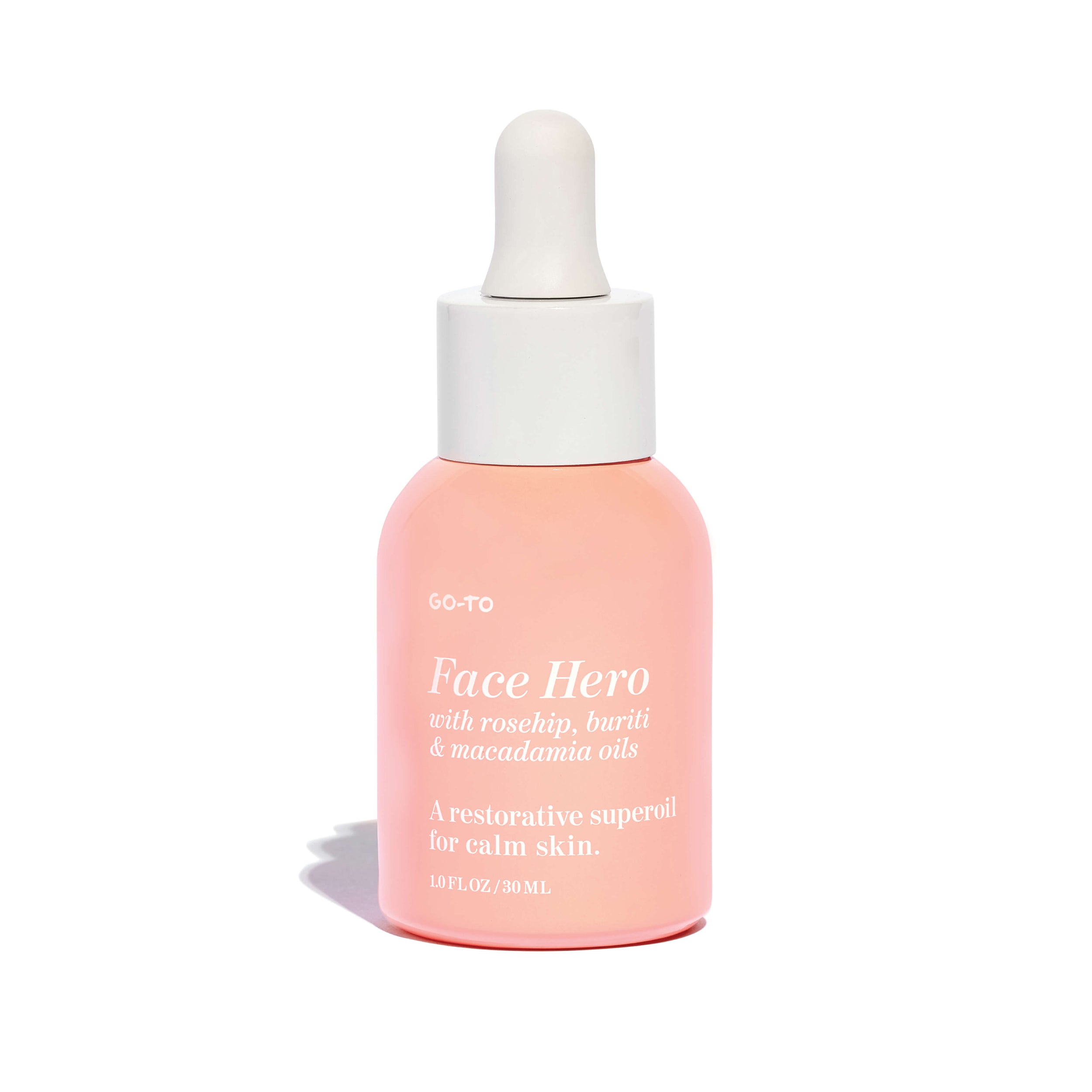
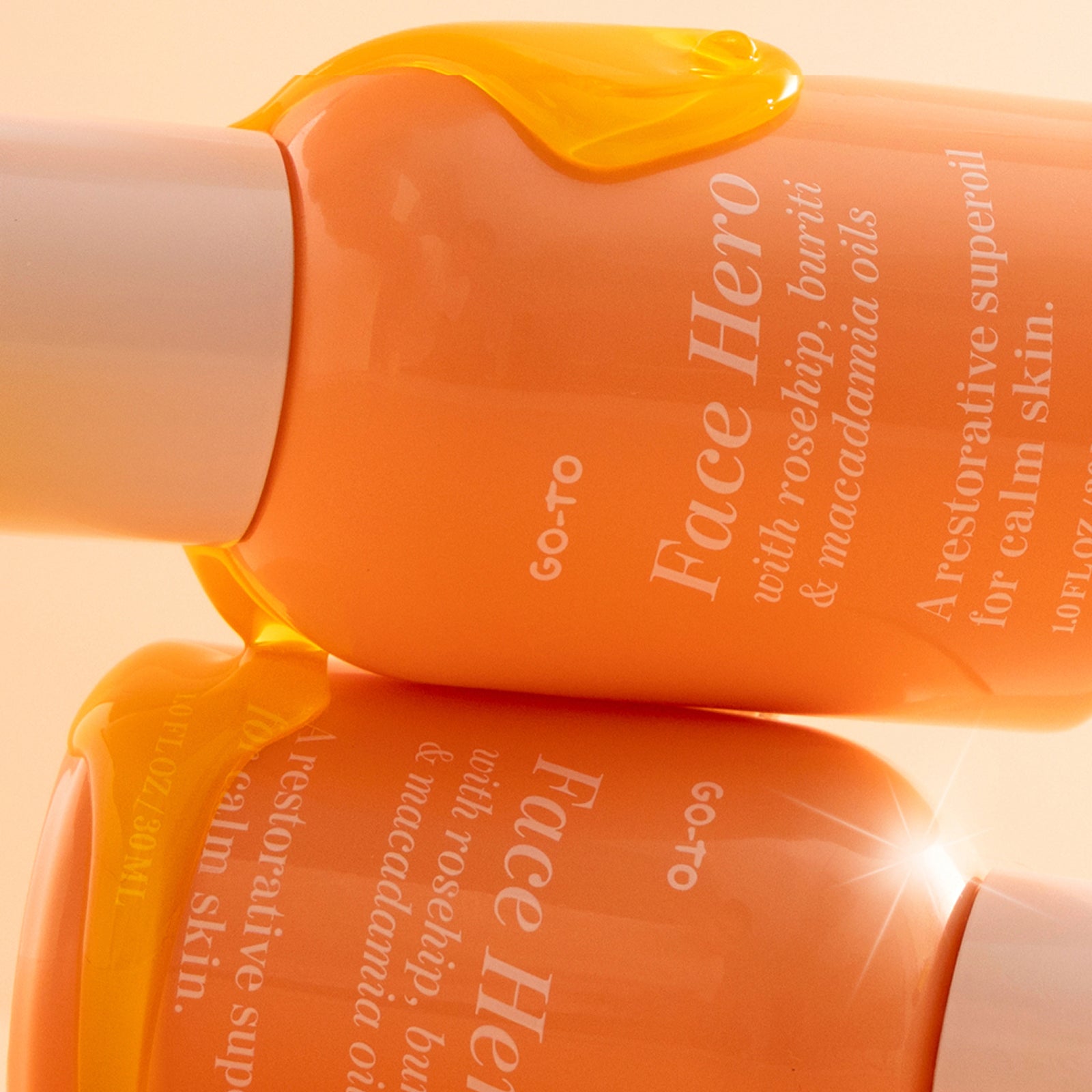
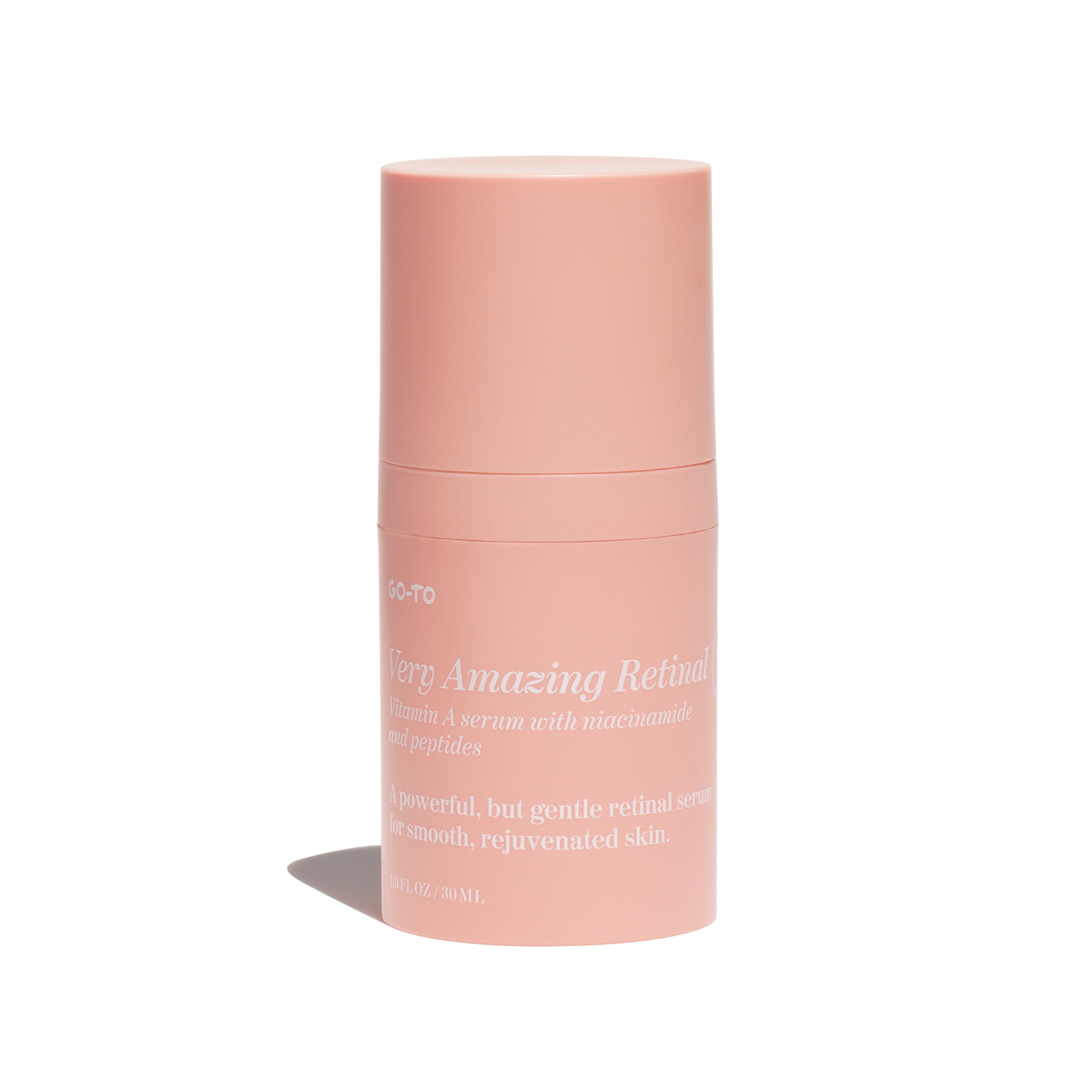
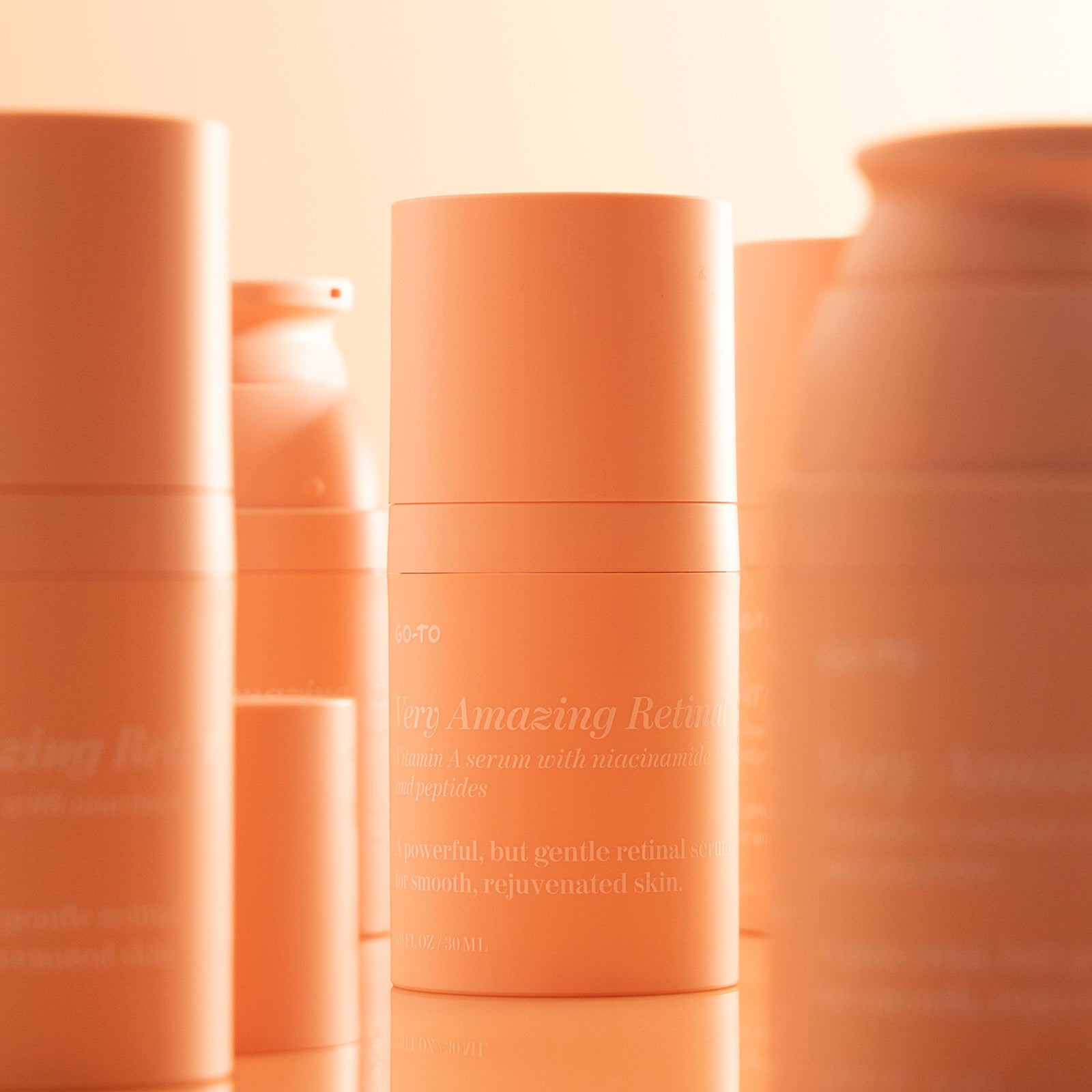
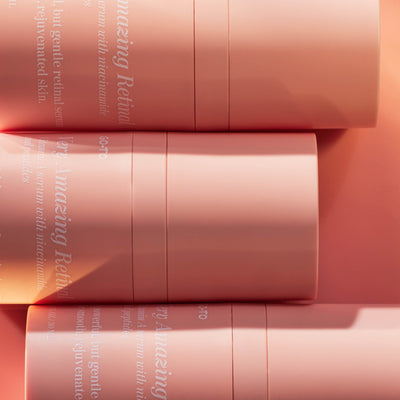
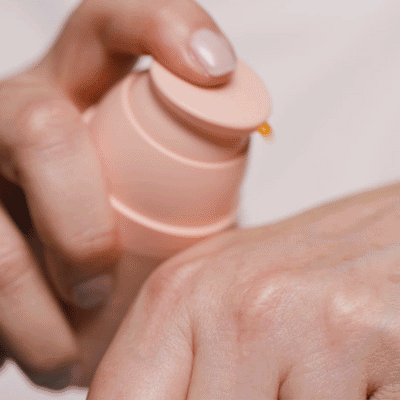


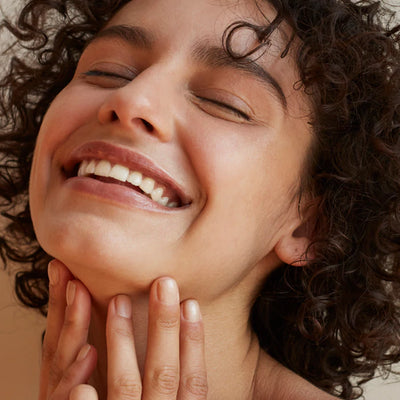

Comments